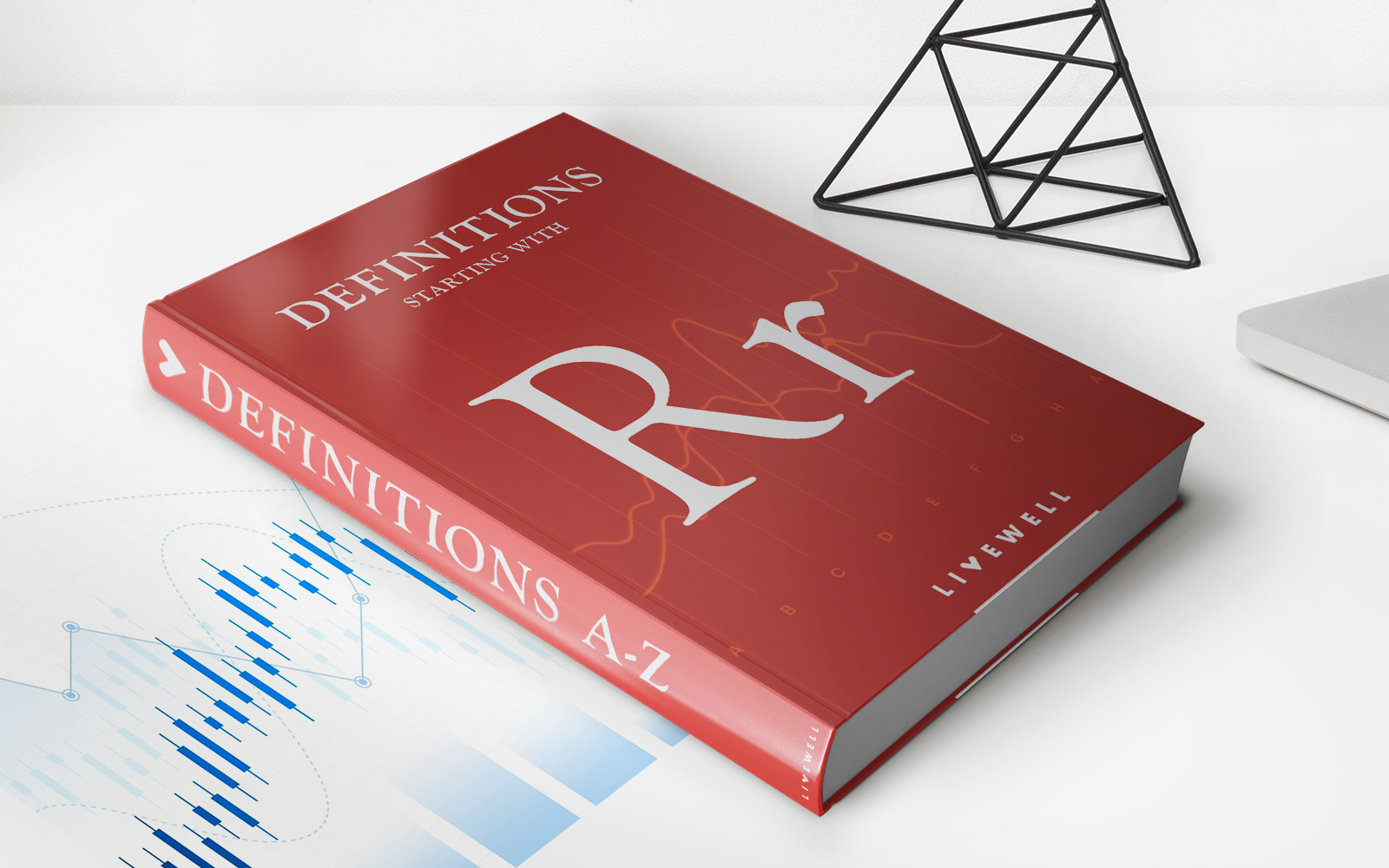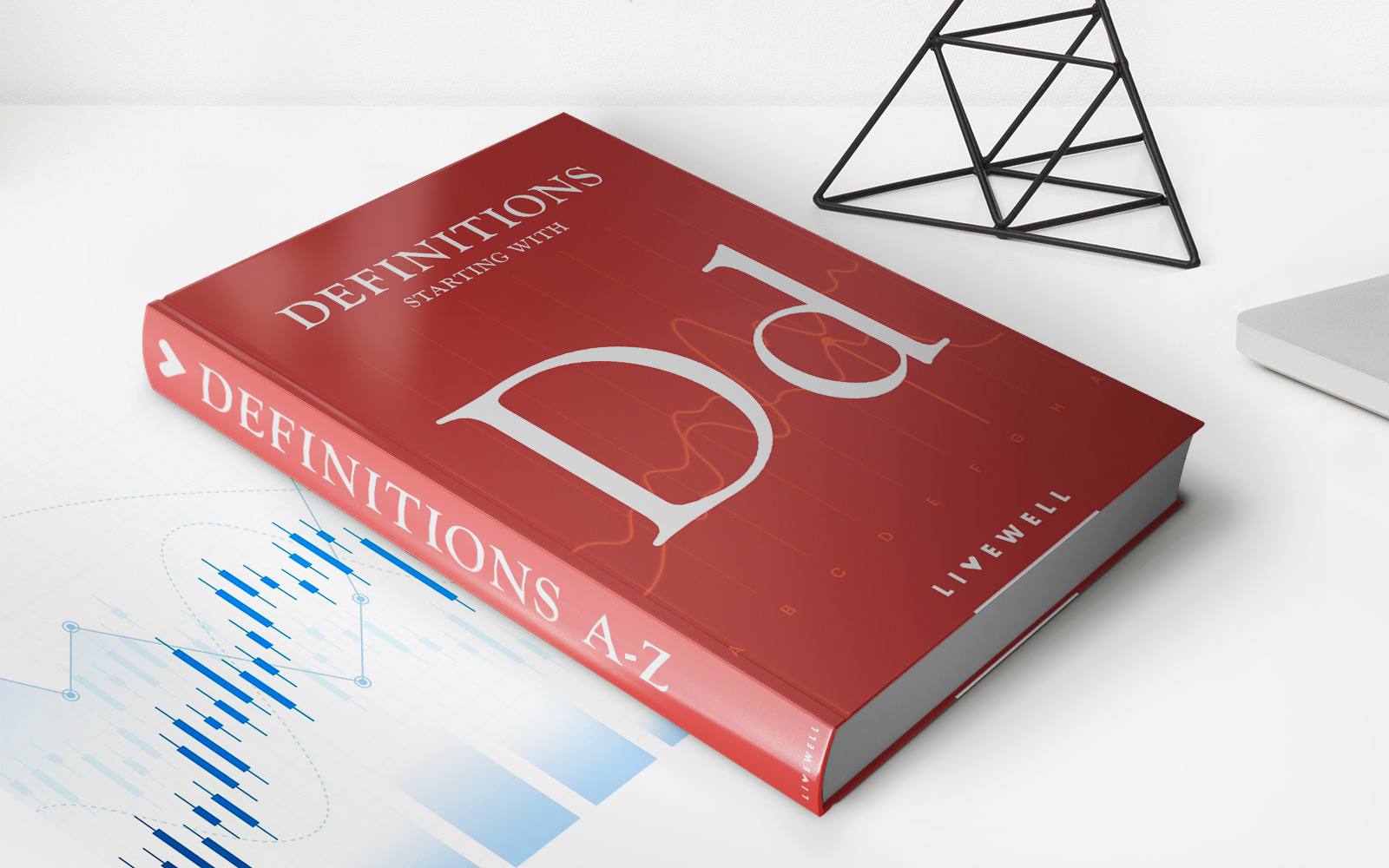Home>Finance>What Is Credit Utilization And How Is It Measured?


Finance
What Is Credit Utilization And How Is It Measured?
Published: March 6, 2024
Learn about credit utilization and how it's calculated. Understand its impact on your finances and how to manage it effectively. Find out more about finance and credit utilization.
(Many of the links in this article redirect to a specific reviewed product. Your purchase of these products through affiliate links helps to generate commission for LiveWell, at no extra cost. Learn more)
Table of Contents
Introduction
Understanding the nuances of credit utilization is crucial for anyone seeking to maintain a healthy financial profile. This fundamental aspect of personal finance plays a pivotal role in determining an individual's credit score and overall financial well-being. By comprehending the significance of credit utilization and how it is measured, individuals can make informed decisions to effectively manage their finances and achieve their long-term goals.
Credit utilization refers to the ratio of the amount of credit being used to the total credit available to an individual. It is a key factor in credit scoring models and is used by lenders to assess an individual's creditworthiness. Effectively managing credit utilization can have a significant impact on one's credit score, which in turn influences the ability to secure favorable loan terms, obtain credit cards with competitive interest rates, and even qualify for certain types of employment.
As we delve deeper into the intricacies of credit utilization, it is essential to explore how this metric is measured, the factors that affect it, and the strategies for effectively managing it. By gaining a comprehensive understanding of credit utilization, individuals can take proactive steps to optimize their financial standing and pave the way for a secure and prosperous future.
Understanding Credit Utilization
Credit utilization is a fundamental concept in the realm of personal finance, and it refers to the percentage of available credit that an individual is currently using. This metric is a crucial component of credit scoring models and is a significant determinant of an individual’s creditworthiness. Lenders utilize credit utilization as a key indicator of responsible financial behavior, and it holds considerable weight in the calculation of an individual’s credit score.
It is important to note that credit utilization applies to various forms of credit, including credit cards, lines of credit, and other revolving credit accounts. By maintaining a low credit utilization ratio, typically below 30%, individuals demonstrate prudent financial management and responsible borrowing habits. This, in turn, can positively impact their credit score and enhance their overall financial standing.
Moreover, understanding credit utilization involves recognizing the impact it has on one’s financial health. High credit utilization can signal financial distress and may lead to a lower credit score, potentially limiting access to favorable credit terms and hindering one’s ability to secure future loans or credit lines. Conversely, maintaining a low credit utilization ratio can bolster one’s creditworthiness and open doors to more advantageous financial opportunities.
By grasping the significance of credit utilization and its implications for financial well-being, individuals can make informed decisions to effectively manage their credit usage. This understanding empowers individuals to take proactive steps to optimize their credit utilization ratio and cultivate a positive financial profile, ultimately contributing to long-term financial stability and success.
How Credit Utilization Is Measured
Credit utilization is measured by calculating the ratio of the total outstanding credit balances to the total available credit across all accounts. This percentage is a key indicator of an individual’s borrowing behavior and financial management. To determine one’s credit utilization ratio, the total outstanding balances on credit accounts are divided by the total credit limit, yielding a figure that reflects the proportion of available credit being utilized.
For example, if an individual has a total credit limit of $10,000 across all their credit accounts and carries a combined outstanding balance of $3,000, their credit utilization ratio would be 30%. This ratio is a crucial factor in credit scoring models and is closely scrutinized by lenders when assessing an individual’s creditworthiness.
It is important to note that credit utilization is evaluated on both an individual account basis and across all accounts. Lenders consider not only the overall credit utilization ratio but also the utilization of each individual credit account. Responsible credit utilization involves maintaining a low utilization ratio on each account as well as across all accounts collectively.
Furthermore, it is essential to be mindful of the impact of credit utilization on credit scores. High credit utilization ratios can have a detrimental effect on credit scores, potentially signaling financial distress and prompting lenders to view an individual as a higher credit risk. On the other hand, low credit utilization ratios can positively influence credit scores, reflecting responsible financial management and enhancing creditworthiness.
Understanding how credit utilization is measured empowers individuals to make strategic financial decisions and take proactive steps to optimize their credit utilization ratio. By maintaining a low credit utilization percentage and effectively managing outstanding balances, individuals can cultivate a positive credit profile and enhance their overall financial well-being.
Factors Affecting Credit Utilization
Credit utilization, a critical component of an individual’s financial health, is influenced by various factors that can impact one’s overall credit profile. Understanding these factors is essential for effectively managing credit utilization and optimizing one’s creditworthiness.
- Credit Card Balances: The outstanding balances on credit cards significantly impact credit utilization. Individuals with high credit card balances relative to their credit limits are likely to have a higher credit utilization ratio, potentially affecting their credit scores and overall financial standing.
- Credit Limits: The total credit limits across all credit accounts directly affect credit utilization. Higher credit limits provide individuals with more available credit, potentially lowering their credit utilization ratio if balances are managed responsibly.
- Credit Card Usage: How individuals use their credit cards, including making regular payments and avoiding maxing out their cards, can significantly impact credit utilization. Responsible credit card usage can help maintain a healthy credit utilization ratio.
- Opening/Closing Accounts: Opening new credit accounts or closing existing ones can impact overall credit utilization. Opening new accounts increases total available credit, potentially lowering the utilization ratio, while closing accounts may reduce available credit, potentially raising the ratio.
- Payment History: Timely payments on credit accounts are crucial for managing credit utilization. Late payments can lead to increased balances and higher utilization ratios, negatively impacting credit scores.
By recognizing these factors and their influence on credit utilization, individuals can make informed decisions to effectively manage their credit usage and maintain a positive credit profile. Proactive management of these factors can lead to improved credit scores, enhanced creditworthiness, and greater financial opportunities.
Importance of Credit Utilization
The significance of credit utilization cannot be overstated, as it plays a pivotal role in shaping an individual’s credit profile and overall financial well-being. Understanding the importance of maintaining a healthy credit utilization ratio is essential for optimizing one’s creditworthiness and securing favorable financial opportunities.
Impact on Credit Scores: Credit utilization has a direct impact on credit scores, with high utilization ratios potentially leading to lower scores. Responsible management of credit utilization, such as maintaining low balances relative to credit limits, can positively influence credit scores, reflecting prudent financial behavior and enhancing creditworthiness.
Lender Perception: Lenders and financial institutions closely scrutinize credit utilization when assessing an individual’s creditworthiness. High utilization ratios may signal financial distress and lead lenders to view an individual as a higher credit risk. Conversely, low utilization ratios can convey responsible financial management and make individuals more attractive to lenders.
Access to Credit and Favorable Terms: Maintaining a healthy credit utilization ratio can enhance one’s ability to access credit and secure favorable terms on loans, credit cards, and other financial products. Individuals with low utilization ratios are often perceived as lower credit risks, potentially qualifying for higher credit limits, lower interest rates, and better loan terms.
Overall Financial Health: Credit utilization is a reflection of an individual’s overall financial health and responsible borrowing habits. By managing credit utilization effectively, individuals can demonstrate prudent financial behavior, maintain control over their debt, and pave the way for long-term financial stability.
Recognizing the importance of credit utilization empowers individuals to take proactive steps to optimize their credit usage and cultivate a positive credit profile. By maintaining a low credit utilization ratio, individuals can enhance their creditworthiness, gain access to better financial opportunities, and lay the groundwork for a secure and prosperous financial future.
Tips for Managing Credit Utilization
Effectively managing credit utilization is essential for maintaining a healthy credit profile and optimizing one’s creditworthiness. By implementing strategic practices and responsible financial habits, individuals can proactively manage their credit utilization and position themselves for long-term financial success.
- Regularly Monitor Credit Card Balances: Keeping a close eye on credit card balances and ensuring they remain well below the credit limits can help maintain a low credit utilization ratio.
- Request Credit Limit Increases: Contacting credit card issuers to request a credit limit increase can raise the total available credit, potentially lowering the credit utilization ratio if balances remain consistent.
- Pay Balances Multiple Times a Month: Making multiple payments throughout the month can help keep credit card balances in check, reducing the impact on credit utilization at the end of the billing cycle.
- Use Credit Wisely: Avoiding maxing out credit cards and using credit responsibly can contribute to a lower credit utilization ratio and demonstrate prudent financial management.
- Keep Unused Accounts Open: Maintaining unused credit accounts with zero balances can increase the total available credit, potentially lowering the overall credit utilization ratio.
- Set Up Balance Alerts: Many credit card issuers offer balance alert notifications, allowing individuals to monitor their balances and manage credit utilization effectively.
- Pay Bills on Time: Timely payments on credit accounts are crucial for managing credit utilization and maintaining a positive credit profile.
By incorporating these tips into their financial practices, individuals can take proactive steps to manage credit utilization effectively and optimize their creditworthiness. Responsible management of credit utilization can lead to improved credit scores, greater access to credit, and enhanced financial opportunities.
Conclusion
Credit utilization is a cornerstone of personal finance, wielding significant influence over an individual’s credit score and overall financial well-being. Understanding the intricacies of credit utilization and its measurement is paramount for anyone seeking to navigate the complex landscape of credit and debt management.
By comprehending the impact of credit utilization on credit scores, recognizing the factors that influence it, and implementing effective strategies for managing it, individuals can proactively shape their credit profiles and enhance their creditworthiness. Maintaining a low credit utilization ratio through responsible credit card usage, timely payments, and strategic management of credit limits can open doors to favorable loan terms, competitive interest rates, and greater financial flexibility.
Furthermore, the importance of credit utilization extends beyond numerical metrics; it is a reflection of an individual’s financial responsibility and prudent borrowing habits. By maintaining a healthy credit utilization ratio, individuals demonstrate their ability to manage credit wisely, control debt levels, and foster long-term financial stability.
As individuals navigate the intricacies of personal finance, the management of credit utilization stands as a fundamental pillar of financial success. By leveraging the insights and tips for managing credit utilization, individuals can take proactive steps to optimize their credit profiles, enhance their creditworthiness, and lay the groundwork for a secure and prosperous financial future.
Ultimately, the conscientious management of credit utilization empowers individuals to navigate the financial landscape with confidence, secure favorable credit terms, and build a solid foundation for their long-term financial well-being.














